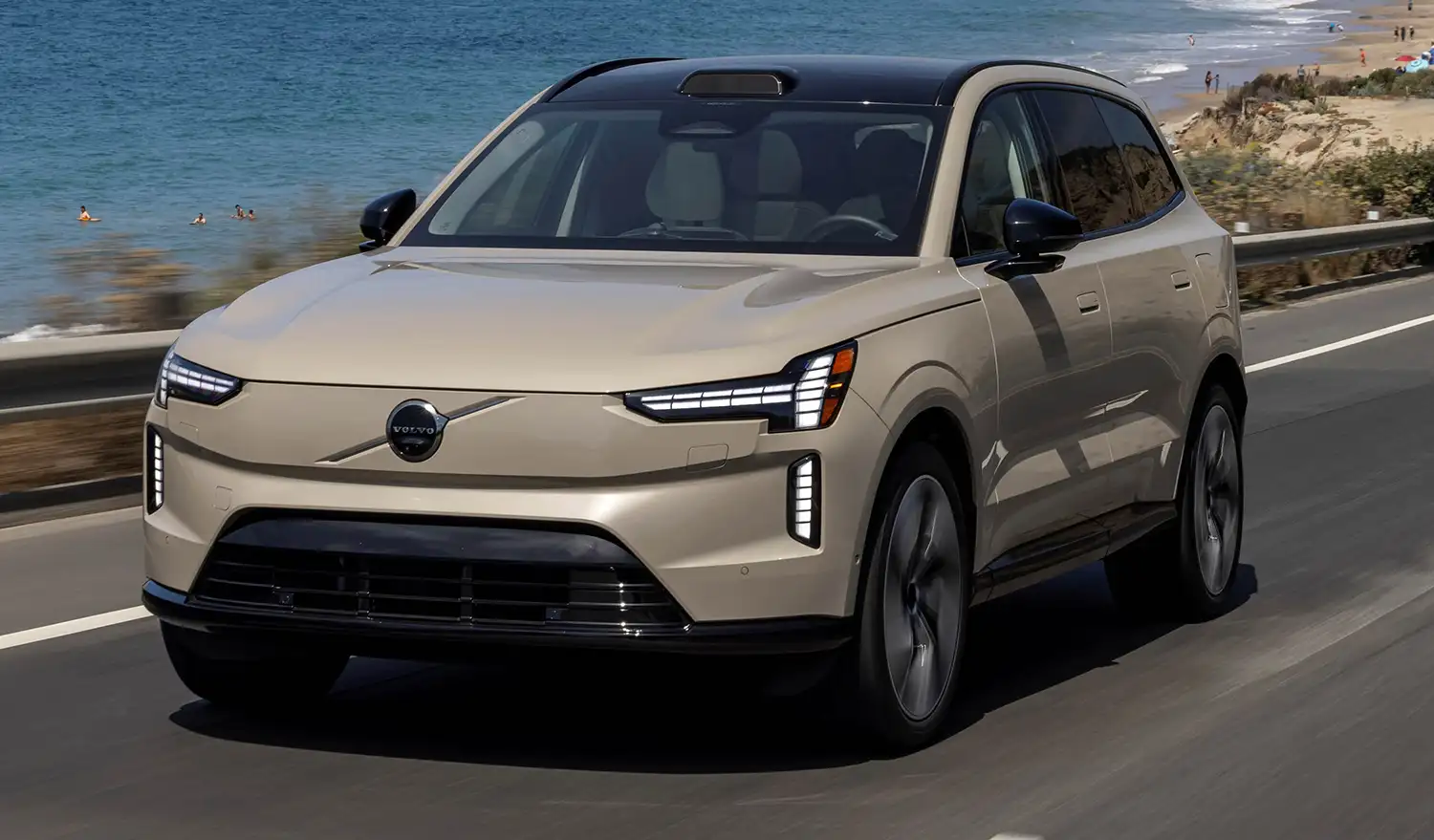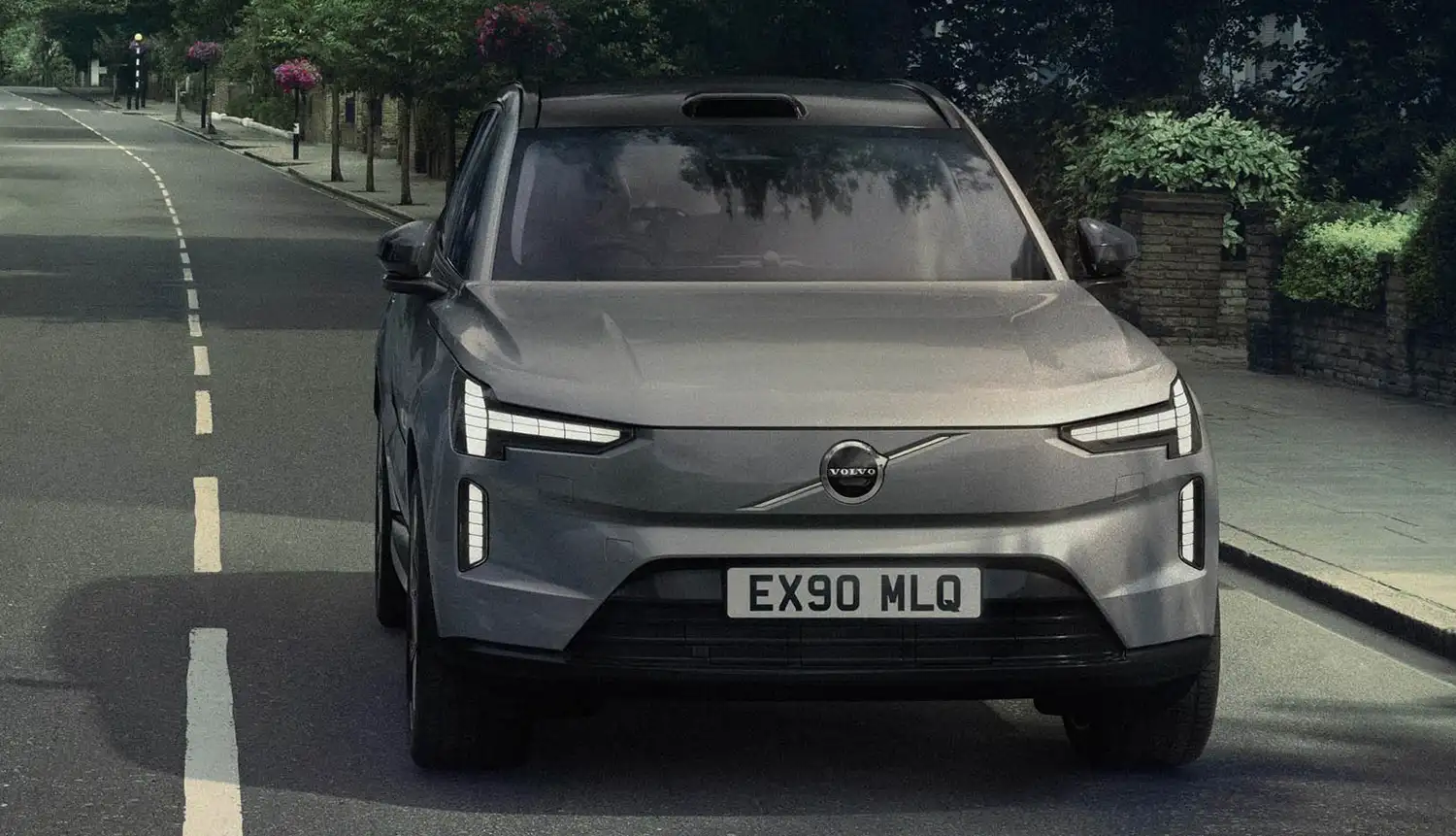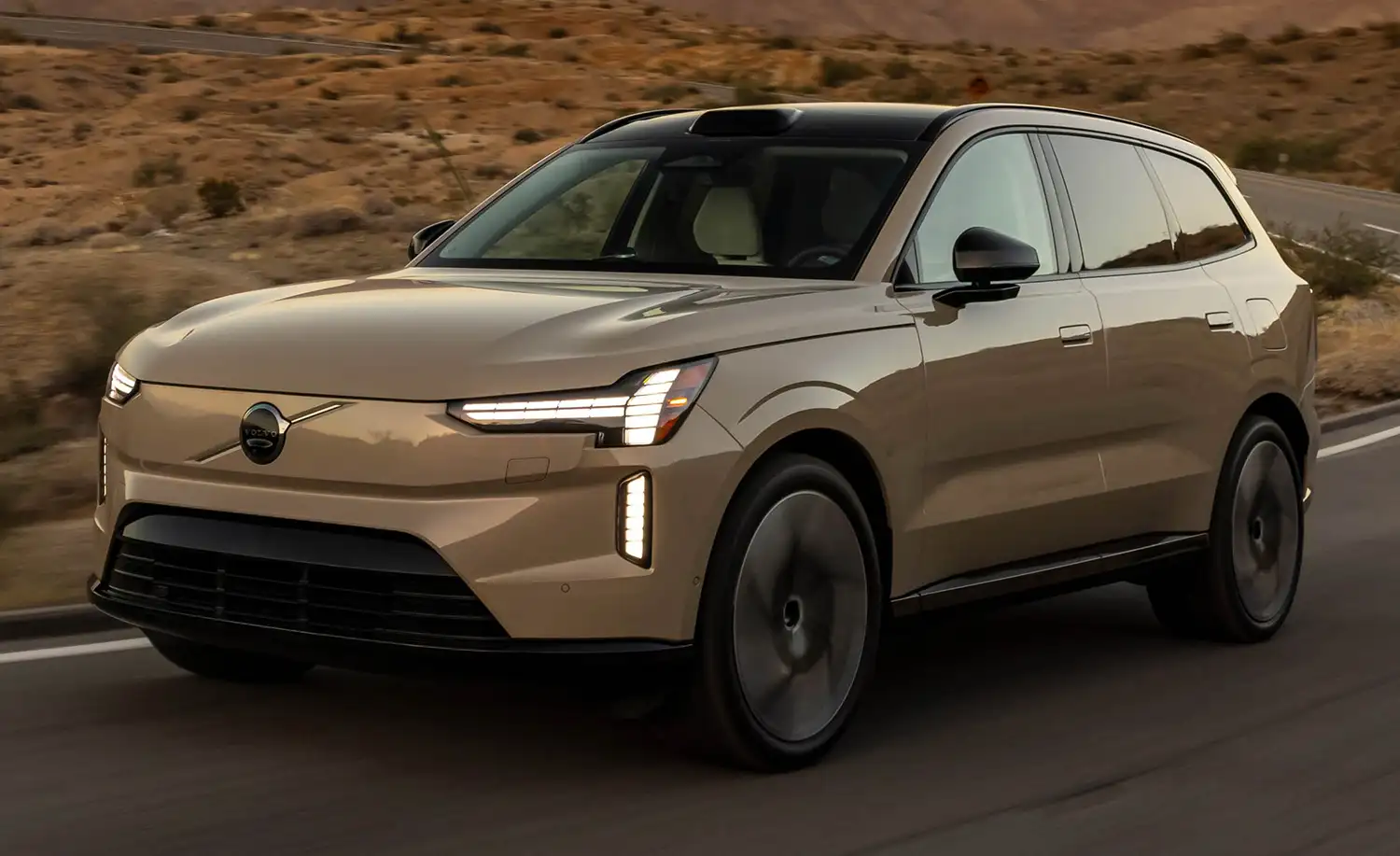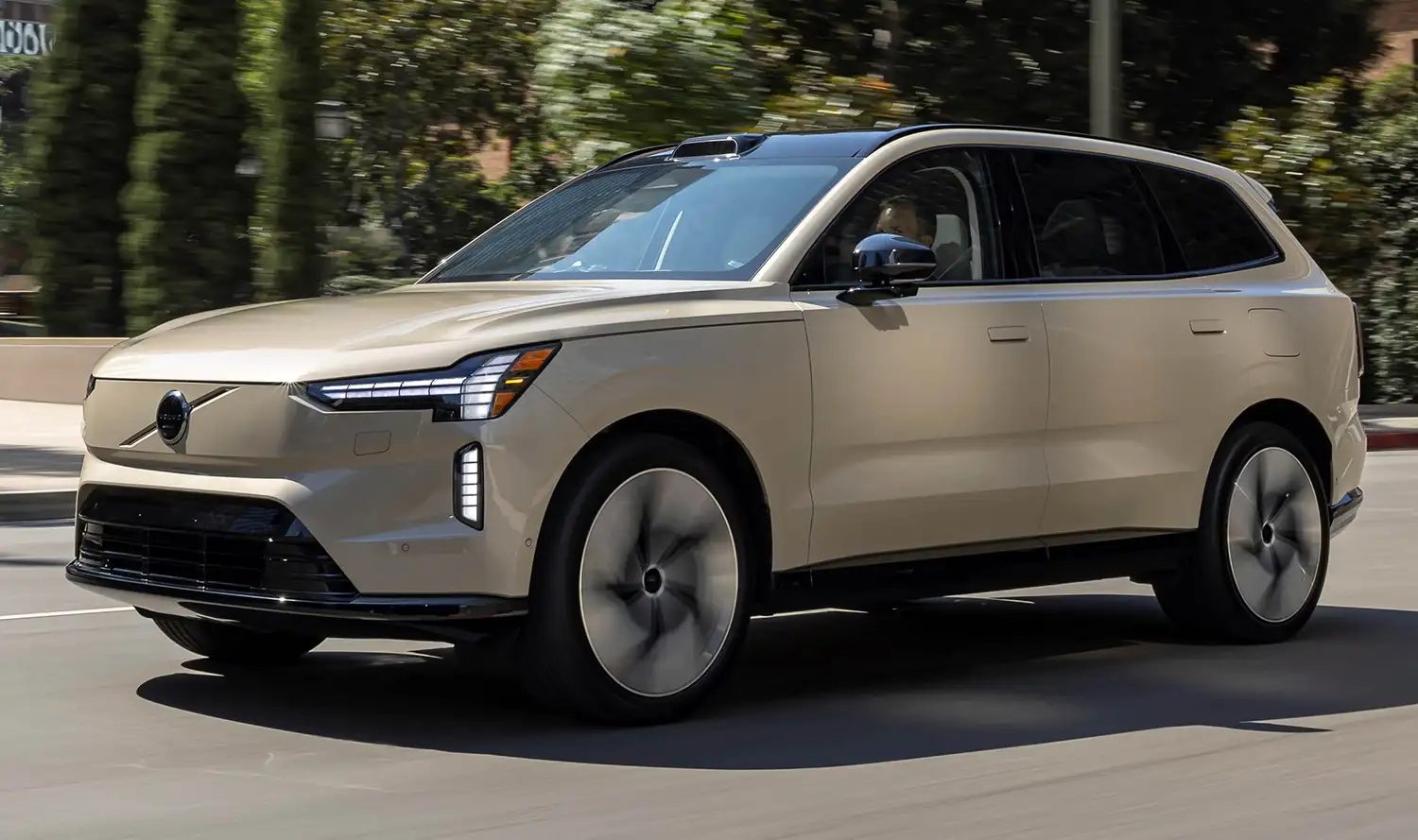
The highly anticipated fully electric Volvo EX90 is now on the road, marking a pivotal moment for Volvo Cars. The first batch of this flagship SUV is currently being shipped to retailers across the United States and Europe, with initial customer deliveries set to take place before the end of this month. As production ramps up, deliveries will expand to additional markets between the fourth quarter of this year and the first quarter of 2025.
The Volvo EX90 represents a new chapter for the company, setting unprecedented standards in safety, sustainability, and human-centric technology designed to enhance everyday life. In preparation for its release, the EX90 underwent rigorous testing, with Volvo Cars’ Chief Executive, Jim Rowan, personally putting it to the test during an extensive road trip across the United States, from South Carolina to California.
“Based on this trip, I can confidently say that the EX90 is the best car we have ever made,” says Rowan. “After driving it for 950 kilometers through three states in various conditions, the charging, handling, ride comfort, cabin silence, sound system, reliability, technology, and user interface stood out. The EX90 marks the beginning of a new era for Volvo Cars.”

The EX90’s remarkable qualities were recently showcased during a global media test drive in California, where hundreds of journalists from around the world had the opportunity to experience the vehicle firsthand.
A New Era of Innovation
The Volvo EX90 is more than just a new vehicle; it represents a paradigm shift for Volvo Cars. It is the first Volvo to be powered by a core computing system, integrating cutting-edge technology to deliver a seamless and intuitive driving experience.
At the heart of the EX90 is an AI-driven computer built on the NVIDIA DRIVE® platform, complemented by the Snapdragon® Cockpit Platform from Qualcomm Technologies and in-house software developed by Volvo engineers. This advanced system manages everything from safety features and infotainment to battery management, creating a responsive and convenient driving experience.
The EX90 is designed to be “smart” and connected, with Google built-in and a comprehensive array of sensors, including radars, cameras, and a lidar system supplied by Luminar. These sensors, combined with a 5G connection and regular over-the-air software updates, enable continuous improvement of the vehicle’s features and functionality.
“The Volvo EX90 embodies our future as a fully electric carmaker, with vehicles that continuously improve over time thanks to core computing and software updates,” adds Rowan. “It’s a testament to our global engineering capabilities and reaffirms our leadership in the ongoing technological evolution within the automotive industry.”

With a driving range of up to 600 kilometers* on a single charge, the EX90 is designed to be the safest car Volvo has ever made, featuring next-generation passive and active safety technologies informed by advanced sensors.
The EX90 is a vehicle of many firsts. It’s the first Volvo equipped with a lidar system and a core computing platform, and the first to offer bi-directional charging, allowing customers to contribute to a more balanced energy grid. Additionally, it’s the world’s first car to feature Abbey Road Studios mode, an exclusive audio experience available with the optional Bowers & Wilkins top-level sound system.
Production of the EX90 commenced earlier this year at Volvo’s state-of-the-art manufacturing plant near Charleston, South Carolina, which is capable of producing up to 150,000 cars annually. Extensive investments in the body shop, paint shop, and the addition of a new battery pack production line have ensured that the facility is well-prepared to meet the demands of this new era in electric driving.
Range figures are based on the WLTP driving cycle under controlled conditions. Real-world range may vary.
Source: Volvo
This Article use tools from Chatgpt
